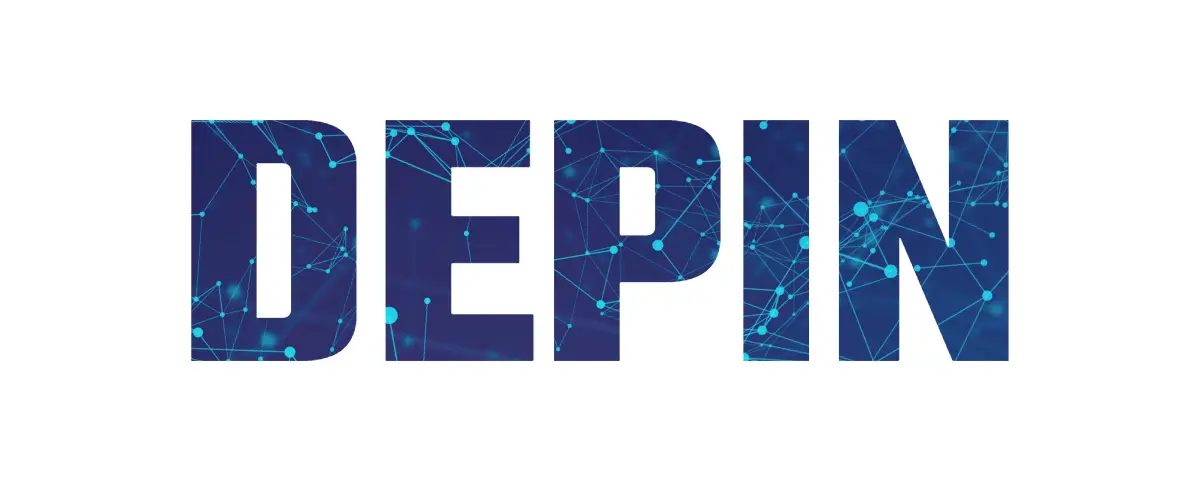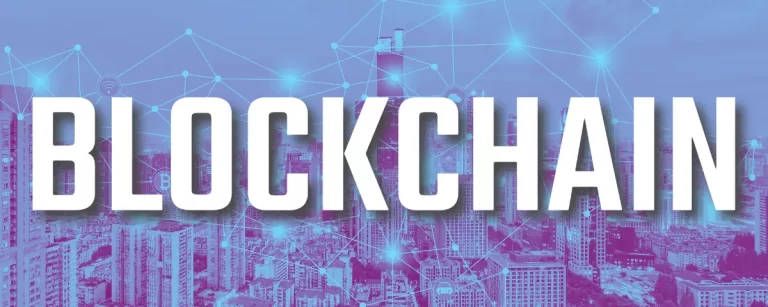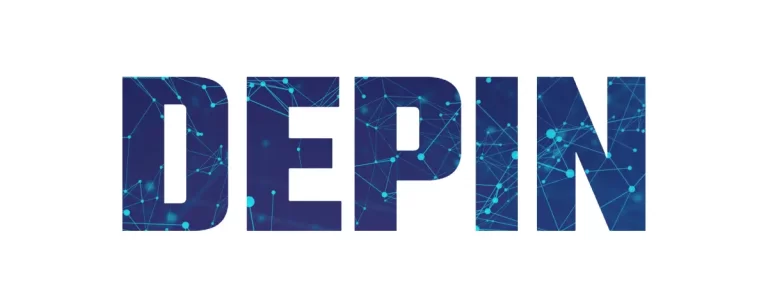In a world increasingly reliant on digital connectivity and smart technologies, the way we build and manage physical infrastructure is undergoing a profound transformation. Enter DePIN, an abbreviation for Decentralized Physical Infrastructure Networks, a game-changing approach to infrastructure development and maintenance.
Understanding DePIN
At its core, DePIN represents a shift away from the traditional models of centralized infrastructure deployment. This innovative concept encompasses a broad spectrum of physical infrastructure, including but not limited to WiFi hotspots in wireless networks, solar-powered home batteries in energy networks, and more. DePIN’s beauty stems from its decentralized nature. Individuals and companies worldwide unite. They create accessible infrastructure for all. Participants who contribute are rewarded. They receive financial compensation and a stake in the network. Token incentives facilitate this. The driving force behind the viability of DePIN is the proliferation of Internet connectivity and technological advancements in blockchain infrastructure and cryptography.
The Emergence of DePIN
Decentralized Physical Infrastructure Networks represent a significant departure from the conventional approaches to infrastructure development and management. What sets them apart is their utilization of blockchain technology and tokens, enabling trustless transactions and providing incentives for individuals to engage in infrastructure building.
Industries like energy storage, wireless connectivity, and sensor networks are ideally suited to embracing DePIN. This is due to its potential to offer scalable, decentralized solutions. These solutions bridge the gap between the physical and digital realms.
Unpacking the Benefits and Implications
DePINs promise a multitude of advantages and implications for various stakeholders. Firstly, they offer a more efficient and cost-effective route to infrastructure deployment by eliminating intermediaries and fostering competition. This decentralized model nurtures innovation by empowering a globally distributed community to collectively build and operate infrastructure networks owned by the people.
Moreover, DePINs have the potential to address challenges that have plagued traditional centralized infrastructure networks for years. The use of blockchain technology ensures transparency, traceability, and accountability in infrastructure operations, which, in turn, contributes to the reliability and resilience of critical infrastructure systems.
Applications in the Real World
DePINs have made significant inroads in various sectors, signaling their transformative potential. Take, for example, Helium, a pioneering DePIN project that created a low-power, wide-area network for IoT devices. Helium’s approach has garnered partnerships for weather tracking, air quality monitoring, and GPS integration.
Key DePIN Projects to Watch
Helium: A Pioneer in Low-Power IoT Connectivity
Helium was among the earliest DePIN projects, focusing on creating a low-power, wide-area network (LoRaWAN) for IoT devices. Its unique approach capitalized on being a first-mover in the space.
To join Helium’s network, users deploy “hotspots,” either purchased or self-built, which act as network nodes, providing internet to specific areas. In return, hotspots earn Helium’s cryptocurrency, HNT.
Users needing network access to purchase data credits (DCs) with HNT, and maintaining a burn-and-mint equilibrium (BME) that shapes HNT’s monetary policy. Remarkably, by 2022, nearly one million hotspots were connected. Helium’s focus has shifted toward becoming a “network of networks,” supporting other DePIN projects aiming to establish decentralized solutions.
Filecoin: The Decentralized Cloud Storage Giant
In 2020, Filecoin emerged on the DePIN scene with an ambitious goal: to challenge industry giants like Google Cloud and Amazon Web Services. What sets Filecoin apart is its commitment to a decentralized cloud storage solution secured by crypto-economic incentives.
The Filecoin platform connects users in need of storage space with those who have excess capacity on their hard drives. Users offering storage space are rewarded with the FIL token, creating a sustainable ecosystem of storage providers and consumers.
Hivemapper: Mapping the World Decentralized Style
Hivemapper is revolutionizing real-world mapping by harnessing dashcams to replicate the services offered by Google Street View. Users who invest in Hivemapper dashcams and install them in their vehicles play a crucial role in generating visual data. This data, tied to GPS geolocation, is then uploaded to the network.
As a reward for their contribution, users earn the Solana-based HONEY token. Those looking to access the map can purchase map credits, which correlate with the distances and areas logged by the network of users. Hivemapper empowers users to actively participate in mapping the world, introducing a decentralized twist to a traditionally centralized service.
DIMO: Monetizing Vehicle and Driving Data
DIMO, built on the premise that personal information can serve myriad purposes, offers users the ability to monetize their vehicle and driving data. Users can leverage the DIMO app to selectively share information about their cars, including data on battery health, trip information, and more.
As a reward for sharing their data, users earn the Ethereum-based DIMO token. This data isn’t just a one-time use; it becomes a valuable resource for services like used car marketplaces and ride-sharing apps, which can purchase access to the data to enhance their operations.
The Road Ahead for DePIN
As the DePIN ecosystem continues to evolve, we anticipate further growth and advancements. Although still in its nascent stages, the industry is poised for expansion, welcoming new projects and innovations. With an influx of users and ongoing technological progress, DePINs are approaching a tipping point for widespread adoption.
However, challenges remain, including regulatory frameworks and scalability issues. Addressing these hurdles necessitates collaborative efforts between industry stakeholders, policymakers, and technology experts.
As the DePIN ecosystem matures, we can look forward to the emergence of more groundbreaking applications and decentralized infrastructure projects that leverage tokens and blockchain technology.
Conclusion
Decentralized Physical Infrastructure Networks, or DePINs, represent a transformative approach to infrastructure development. By harnessing the power of blockchain technology and tokens, these networks offer a decentralized, scalable, and efficient solution to traditional infrastructure challenges. The future of DePIN looks promising, with ongoing innovation, collaboration, and the promise of widespread adoption. The journey toward decentralized physical infrastructure networks has just begun, and it holds the key to a more efficient and sustainable future.

Follow Finnoweb news for more such.











+ There are no comments
Add yours